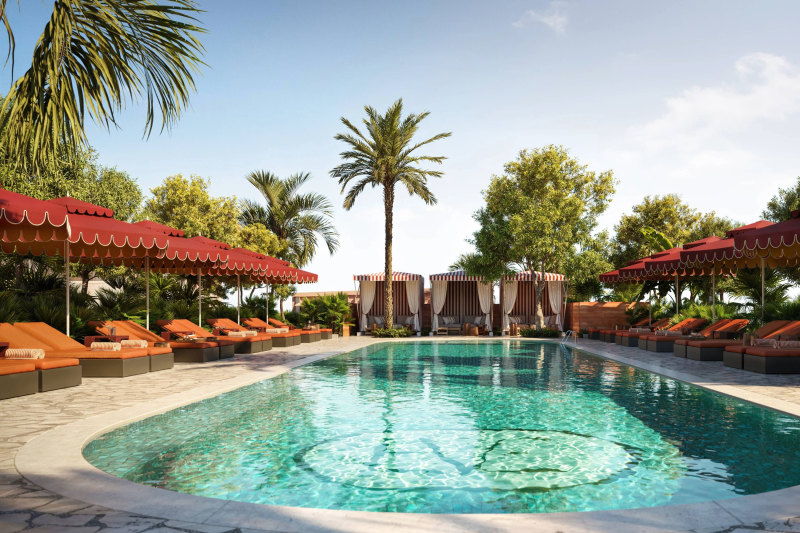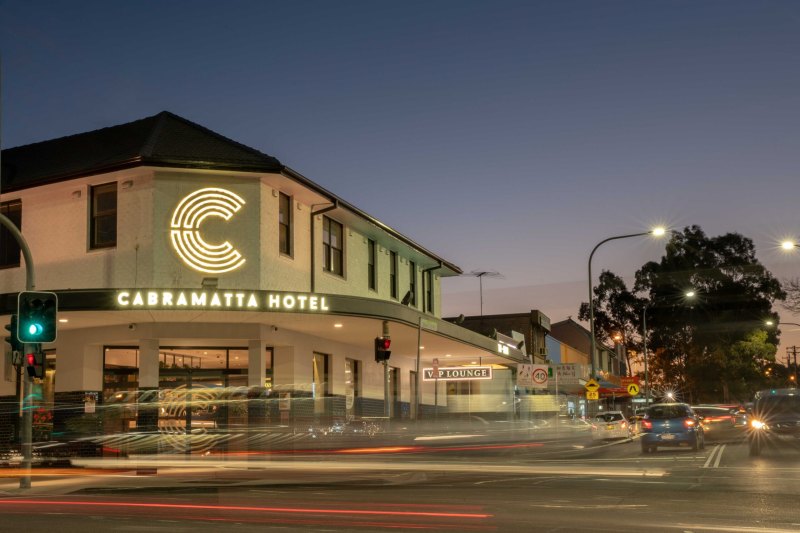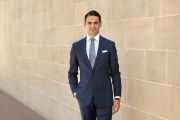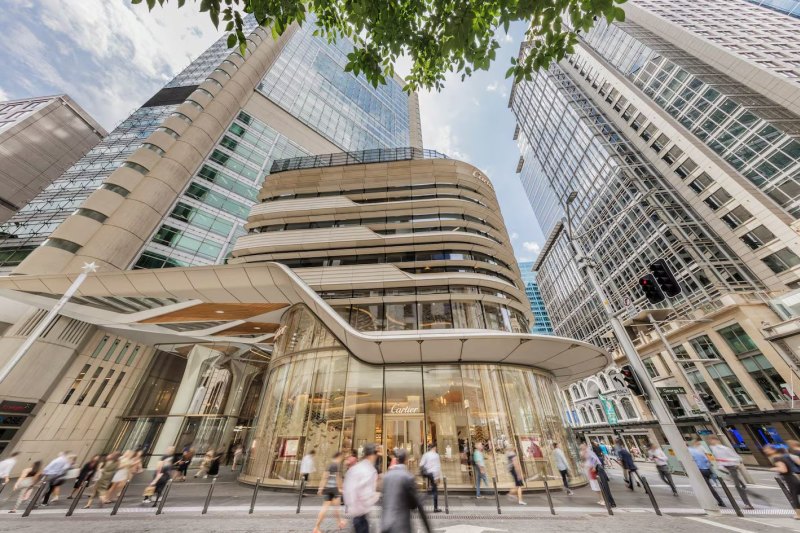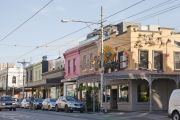
Amazon builds a tree-filled glass jungle in Seattle's city centre
Elizabeth Weise
Americans tend to think of brown shipping boxes when it comes to Amazon. But in Seattle, the company is increasingly known as a real-estate owner. That’s especially true downtown, where Amazon employs more than 24,000 – some of whom will soon hold meetings and take lunch breaks inside three gigantic glass spheres that add a geodesic flare to the urban grid.
The tallest of the glass and metal Spheres rises 27 metres and is more than 40 metres in diameter, with two smaller spheres to each side. In a city that gets 152 days of rain a year, they will provide a warm, dry, plant-filled space for meetings, meals and mingling for up to 800 Amazon employees at a time.
“It’s kind of fantastic,” said Thaisa Way, an urban landscape historian at the University of Washington in Seattle.
While time will tell, she thinks it could end up being an iconic building in the region, with those standing outside feeling like they’re looking out, not in.
And that’s where non-Amazon employees will mostly be. The public can access a dog park and playing field. But like all Amazon buildings, only employees and those badged for access will be allowed in, though there will be shops by the entrance that the public can visit and the building will also be part of Amazon’s public tours once it opens, the company said.
What will the curious see? The structure is being planted with more than 400 botanical species and will feature tree-house meeting rooms, a river and waterfalls, and a green “bird’s nest” conference room, all set to a temperature of 22 degrees.
Unlike many tech companies, which remove themselves to suburban all-inclusive campuses when they get large enough, Amazon has chosen to stay within Seattle’s urban core, adding buildings at an astonishing pace but not sequestering its employees from the city. The company famously doesn’t offer some of the perks common to Silicon Valley, such as free, on-site food, dry cleaning or doctors’ appointments.
Instead, the area south of downtown is constantly awash in Amazon employees heading to lunch, appointments and shopping. As it’s estimated that between 15 and 20 per cent of Seattle’s office space is devoted to Amazon at this point, they make up a not insignificant proportion of the downtown milieu. Most work in nondescript buildings. But the Spheres change Amazon’s use of the space dramatically.
Ms Way credits Amazon for including lots of parklets, courtyards, alleys and walkways that weave through its buildings and are open to their public.
“They’re big enough they could have made a walled-off campus and closed off some streets. But instead they enlivened them,” she said.
On one point, Amazon is very much in line with its California rivals. When they reach a certain point in their trajectory, tech companies seem to delight in building futuristic structures. Apple is nearing completion on its new, $5 billion spaceship-shaped headquarters, Apple Park, and Google has proposed a new science fiction-ish headquarters.
As for Seattle, there’s plenty of precedence for far-out buildings.
Since it opened in 1962 for the World’s Fair, the northwestern city has been known for its iconic Space Needle.
Other stand-out structures include Paul Allen’s Museum of Pop Culture, which the New York Times famously described as looking “like something that crawled out of the sea, rolled over and died” and the much-lauded Central Library, designed by internationally acclaimed Dutch architect Rem Koolhaas.
“It’s exciting when we take a leap of faith and build something differently. Sometimes it can get a little shy, but every so often, with a little push, Seattle does something out of the box,” said Ms Way.



